It’s that time again, the “take questions from a reader time.” The rules of engagement, although they are stated in the FAQs regarding comments: please be kind and don’t put others down. Pretty simple. And we bring that up since the Q&As from new backcountry tourists seem to generate comments.
That’s out of the way. Next up, helmets.
The question we have from a reader who is returning to backcountry endeavors after many years away is this:
“I would never ride my bike 20 feet without a helmet. I have always used a helmet at a ski area but never thought about it in the backcountry. What is the accepted practice—steep skiing, mountaineering only, tree skiing, always, only on the descent? Some skiers use a climbing helmet; it’s hard to imagine that someone doesn’t make a backcountry-specific helmet—light, well-vented, meant to be used but replaced in the event of an impact. The top-of-the-line Giro cycling helmet, with MIPS and additional technology, weighs 250 grams (road) and 340 grams (mountain). Not cheap, but designed to protect you in a 30+ mph crash on concrete.”

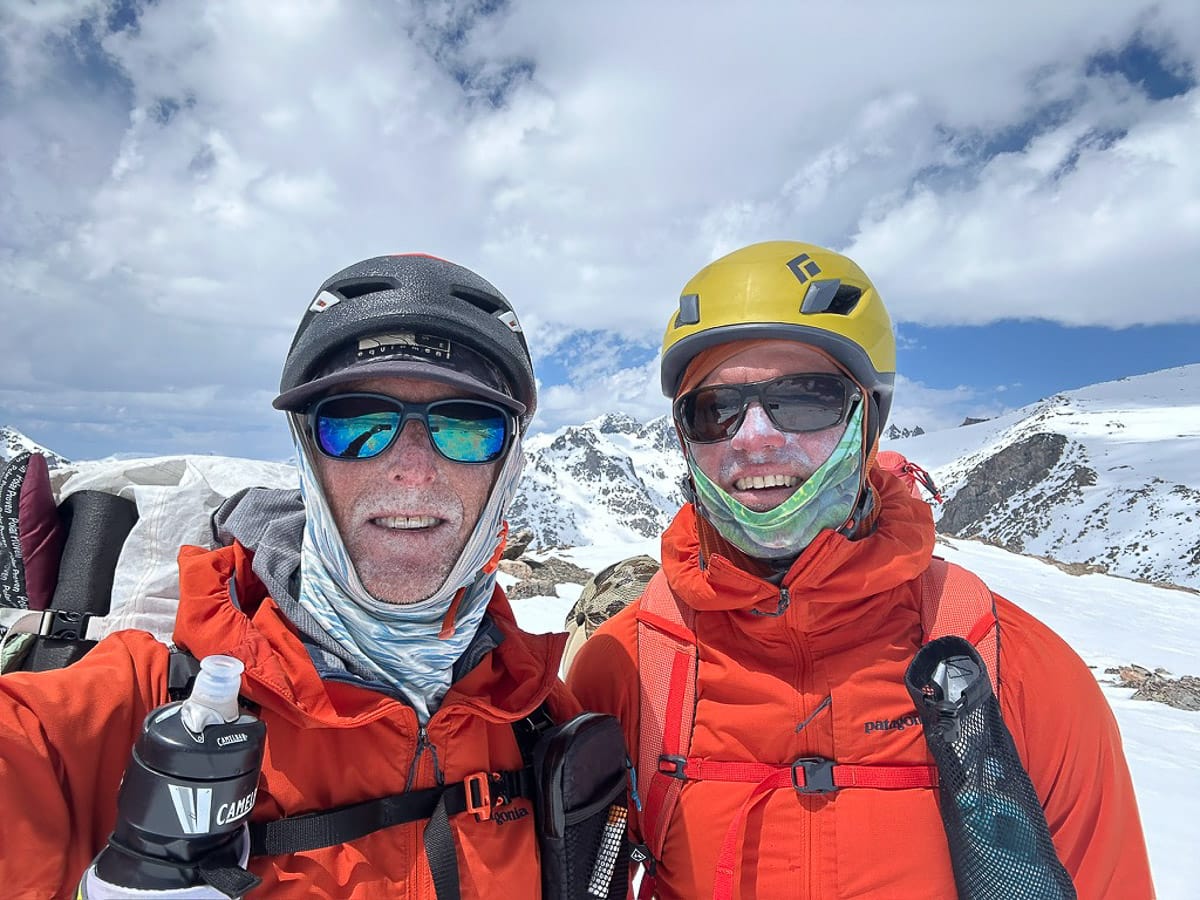
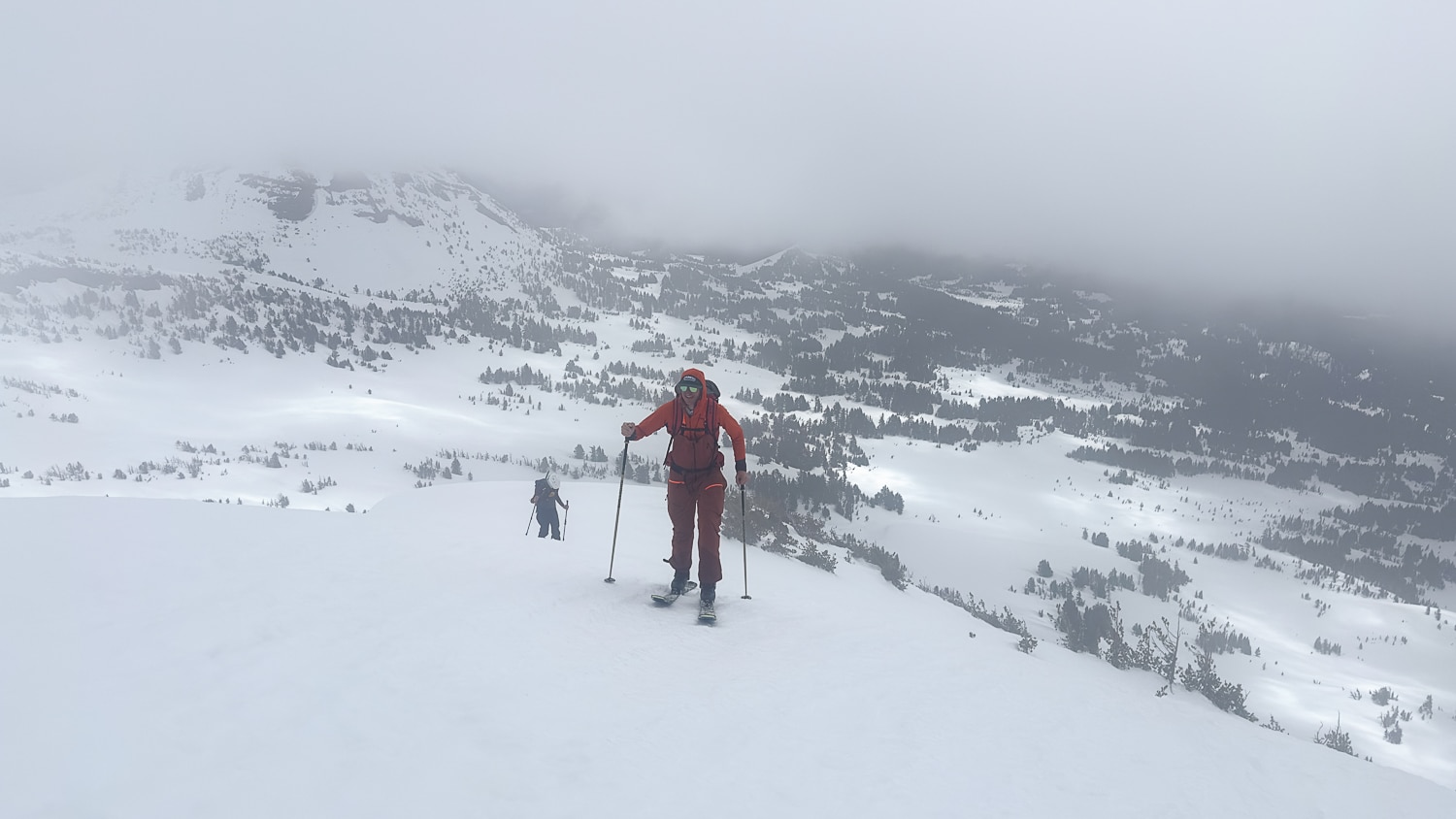
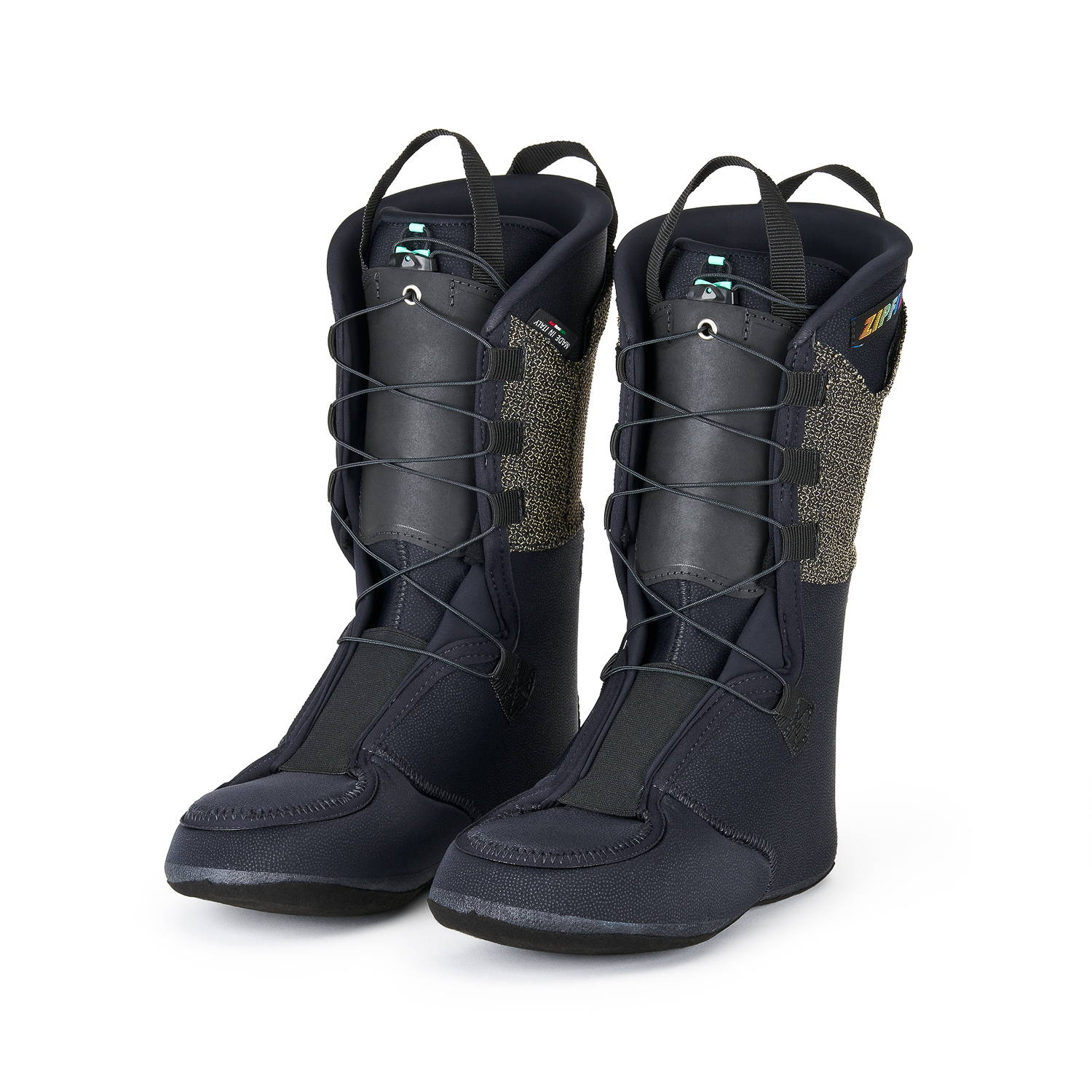
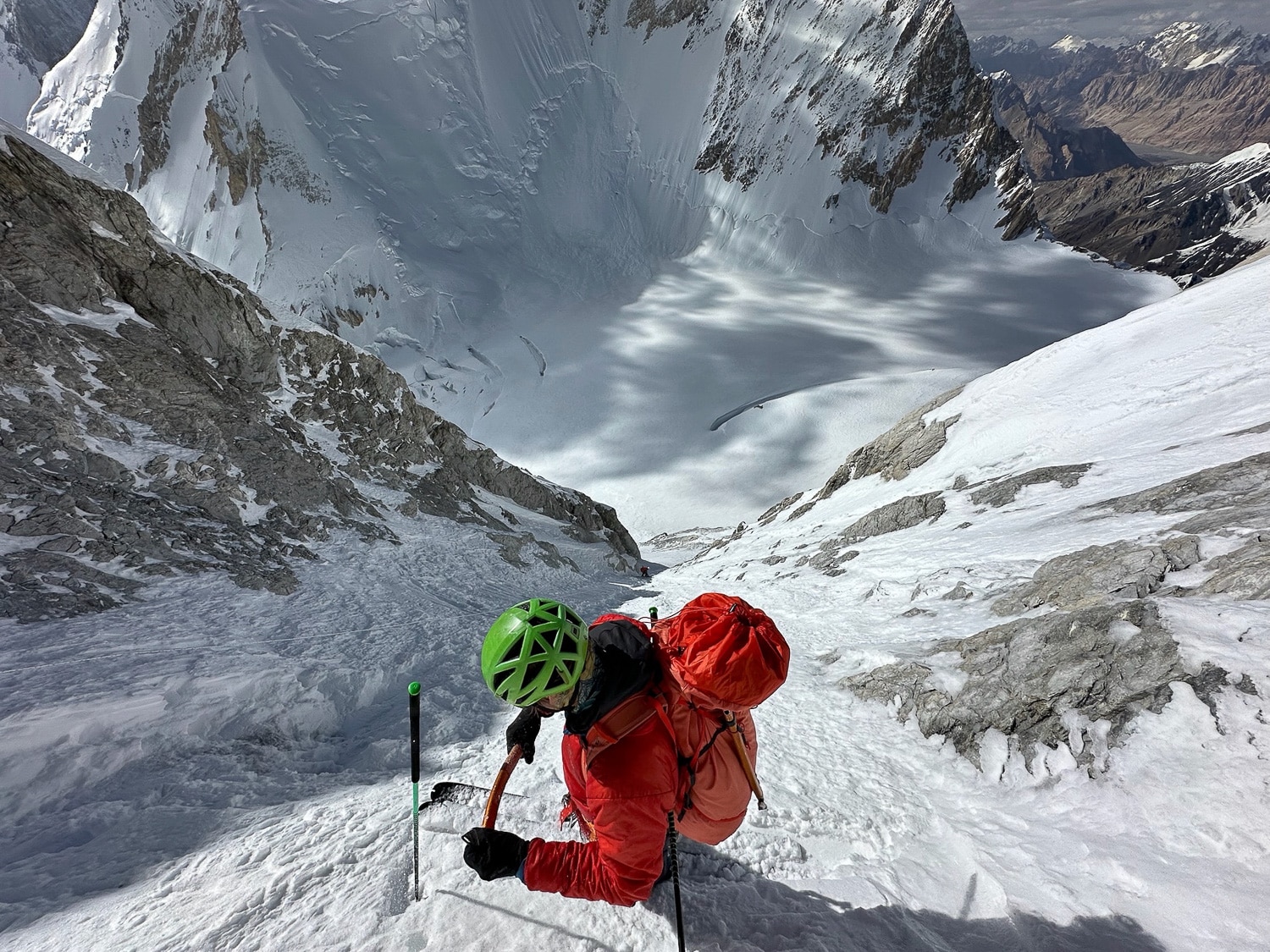
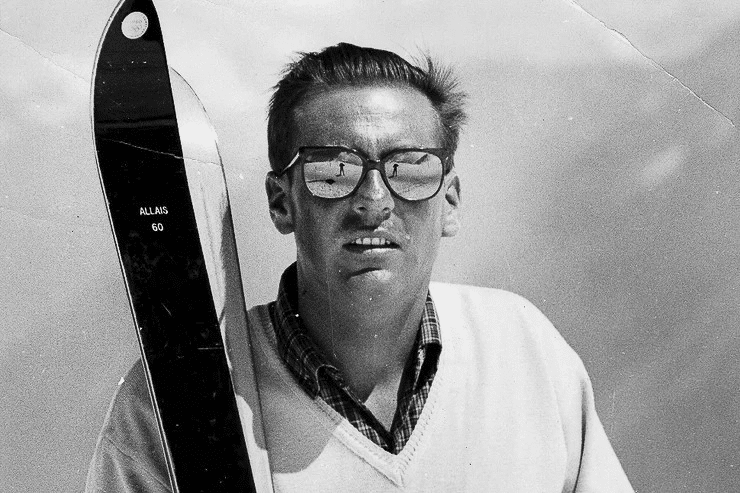
Leave a Reply
You must be logged in to post a comment.